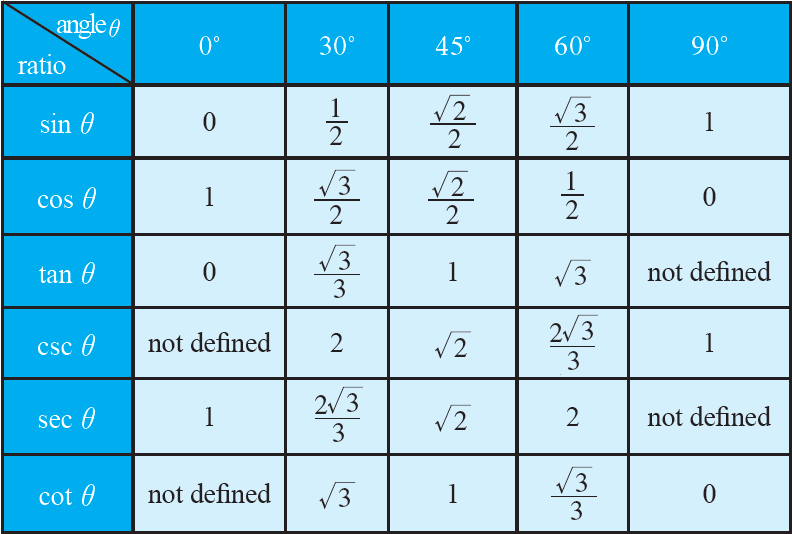DERIVATIVE OF x TO THE POWER x
To find derivative of a function in which you have variable in exponent, you have to use logarithmic derivative. The following steps would be useful to do logarithmic derivative.
Lett y = f(x). Assume there is a variable in exponent in f(x).
Step 1 :
Take logarithm on both sides.
Step 2 :
Apply the power rule of logarithm.
Step 3 :
Find the derivative and solve for ᵈʸ⁄dₓ.
(if required, the product rule of derivative can be used)
Derivative of xx with respect to x.
Let y = xx.
In y = xx, we have variable x in exponent.
y = xx
Take logarithm on both sides.
ln(y) = ln(xx)
Use the Power Rule of Logarithm on the right side.
ln(y) = xln(x)
Now, we have to find the derivative on both sides with respect to x.
To find the derivative of ln(y) with respect to x, we have to use chain rule and to find the derivative of xlnx with respect to x, we have to use product rule.
Multiply both sides by y.
Substitute y = xx.
Therefore, the derivative xx is xx(1 + ln(x)).
Solved Problems
Problem 1 :
Find the derivative of ax with respect to x.
or
Given y = ax, find ᵈʸ⁄dₓ.
(x and y are variables and a is a constant)
Solution :
In y = ax, we have constant a in base and variable x in exponent.
y = ax
Take logarithm on both sides.
ln(y) = ln(ax)
Apply the power rule of logarithm on the right side.
ln(y) = xln(a)
Find the derivative with respect to x.
(since, a is a constant, lna is also a constant. When we find derivative xlna, we keep the the constant lna as it is and find the derivative of x with respect to x, that is 1)
Multiply both sides by y.
Substitute y = ax.
Therefore, the derivative ax is axln(a).
Note :
Based on the derivative of ax, that is axlna, we can get the derivative of any constant to the power x.
Examples :
Derivative 2x = 2xln(2)
Derivative 3x = 3xln(3)
Derivative 5x = 5xln(5)
Problem 2 :
Find the derivative of ex with respect to x.
or
Given y = ex, find ᵈʸ⁄dₓ.
(x and y are variables and e is a constant)
Solution :
In y = ex, we have constant e in base and variable x in exponent.
y = ex
Take logarithm on both sides.
ln(y) = ln(ex)
Apply the power rule of logarithm on the right side.
ln(y) = xln(e)
(The base of a natural logarithm is e, lne is a natural logarithm and its base is e)
ln(y) = xlnee
In a logarithm, if the base and argument are same, its value is 1. In lnee, the base and argument are same, so its value is 1.
ln(y) = x(1)
ln(y) = x
Find the derivative with respect to x.
Multiply both sides by y.
Substitute y = ex.
Therefore, the derivative ex is ex.
Problem 3 :
Find the derivative of aa with respect to x.
or
Given y = aa, find ᵈʸ⁄dₓ.
(y is a variable and a is a constant)
Solution :
In y = aa, both base and exponent, we have the constant a.
Since a is a constant, aa is also a constant.
y = aa
ᵈʸ⁄dₓ = 0
Since the derivative of a constant is zero, the derivative of aa is zero.
Problem 4 :
Find the derivative of a2x with respect to x.
or
Given y = a2x, find ᵈʸ⁄dₓ.
Solution :
In y = a2x, we have a constant in base and variable in exponent.
y = a2x
Take logarithm on both sides.
ln(y) = ln(a2x)
Apply the power rule of logarithm on the right side.
ln(y) = 2x ⋅ ln(a)
Find the derivative with respect to x.
Multiply both sides by y.
Substitute y = a2x.
Therefore, the derivative a2x is 2a2xln(a).
Problem 5 :
Find the derivative of a√x with respect to x.
or
Given y = a√x, find ᵈʸ⁄dₓ.
Solution :
In y = a2x, we have a constant in base and variable in exponent.
y = a√x
Take logarithm on both sides.
ln(y) = ln(a√x)
Apply the power rule of logarithm on the right side.
ln(y) = √x ⋅ ln(a)
ln(y) = x½ ⋅ ln(a)
Find the derivative with respect to x.
Multiply both sides by y.
Substitute y = a√x.
Therefore, the derivative y = a√x is
Problem 6 :
Find the derivative of aln(x) with respect to x.
or
Given y = aln(x), find ᵈʸ⁄dₓ.
(y is a variable and a is a constant)
Solution :
In y = aln(x), we have a constant in base and variable in exponent.
y = aln(x)
Take logarithm on both sides.
ln(y) = ln(aln(x))
Apply the power rule of logarithm on the right side.
ln(y) = ln(x) ⋅ ln(a)
Find the derivative with respect to x.
Multiply both sides by y.
Substitute y = aln(x).
Therefore, the derivative aln(x) is
Kindly mail your feedback to v4formath@gmail.com
We always appreciate your feedback.
©All rights reserved. onlinemath4all.com
Recent Articles
-
Trigonometry Sum and Difference Identities
May 07, 24 09:17 AM
Trigonometry Sum and Difference Identities - Concept - Solved Problems -
Trigonometry Even and Odd Iidentities
May 05, 24 12:25 AM
Trigonometry Even and Odd Iidentities -
SOHCAHTOA Worksheet
May 03, 24 08:50 PM
SOHCAHTOA Worksheet


